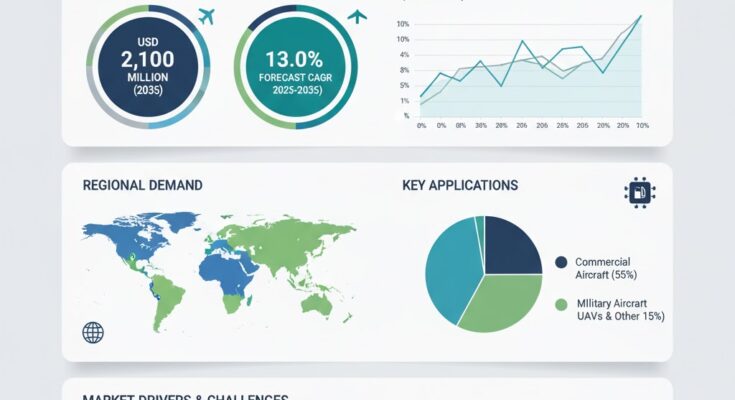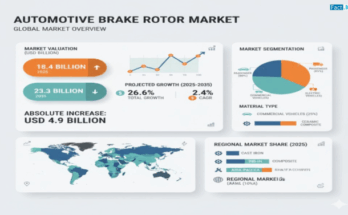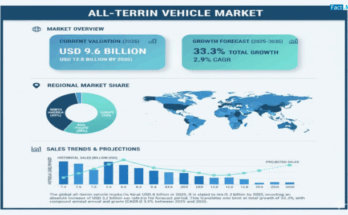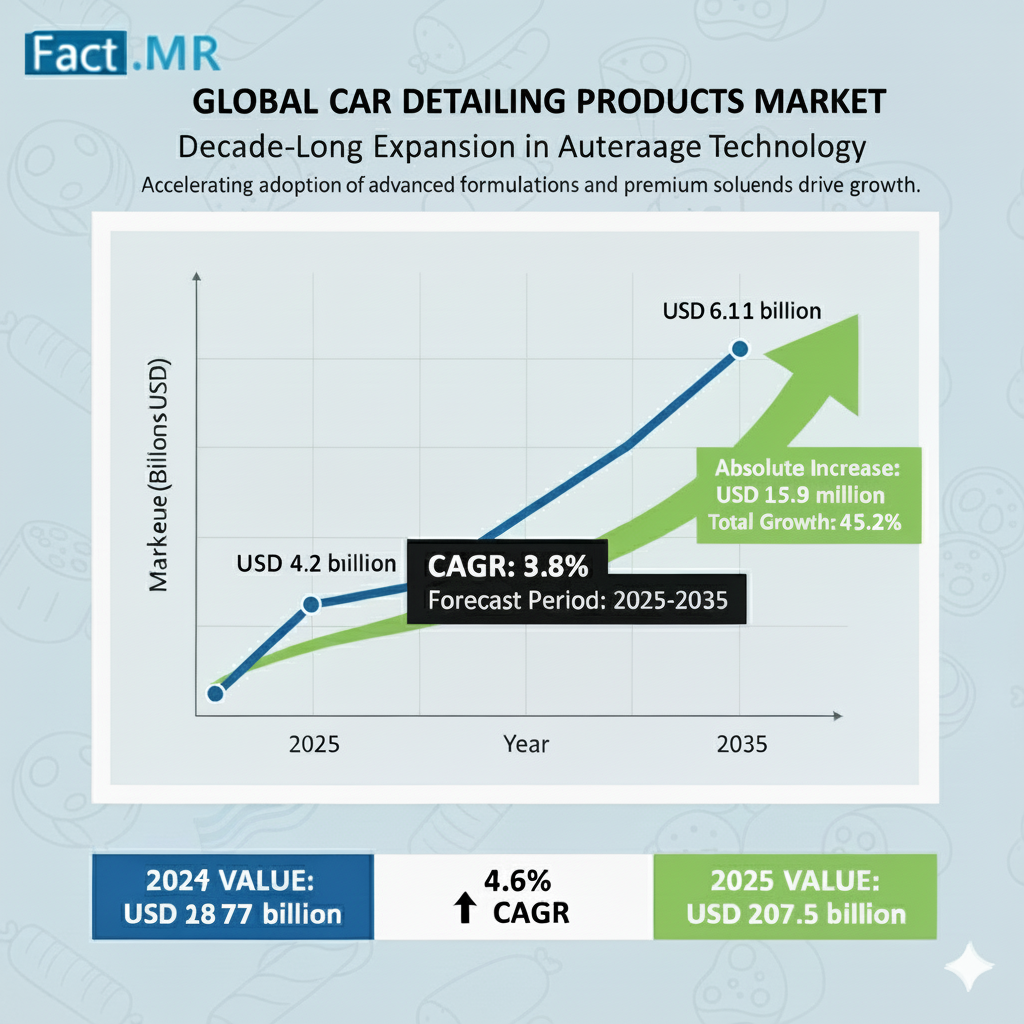The global aircraft fuel cells market is poised for strong growth as the aviation industry accelerates efforts toward decarbonization and next-generation propulsion technologies. Valued at USD 620.0 million in 2025, the market is projected to reach USD 2,100 million by 2035, recording an impressive CAGR of 13.0% during the forecast period.
Aircraft fuel cells are emerging as a critical solution in the quest for zero-emission aviation. They provide clean, efficient, and high-energy-density alternatives to conventional jet fuels, enabling electric propulsion systems powered by hydrogen. As sustainability targets tighten and regulatory bodies promote green aviation initiatives, fuel cell integration in aircraft design is gaining rapid traction across commercial, defense, and unmanned aerial vehicle (UAV) segments.
Market Drivers: Decarbonization Goals, Hydrogen Infrastructure, and Technological Innovation
Rising Demand for Sustainable Aviation Solutions
With global aviation contributing nearly 2.5% of carbon emissions, governments and OEMs are investing heavily in clean propulsion systems. Hydrogen fuel cells, offering higher efficiency and zero CO₂ emissions, are gaining strategic importance in aircraft manufacturing. Major aerospace companies are exploring fuel cell-powered prototypes for regional, cargo, and eVTOL aircraft, aligning with global net-zero commitments.
Advancements in Hydrogen Storage and Lightweight Design
Breakthroughs in lightweight composite materials, high-temperature membranes, and cryogenic hydrogen storage systems are improving energy density and flight range. These advancements address one of the major barriers to hydrogen aviation — weight and efficiency — while enabling scalable and safe adoption of onboard fuel cell systems.
Growing Investments in Hydrogen Infrastructure
National programs in Europe, North America, and Asia are supporting hydrogen production and refueling infrastructure to promote aviation readiness. Public-private collaborations are underway to establish airport-based hydrogen supply chains, ensuring long-term commercial feasibility of fuel cell aircraft.
Shift Toward Hybrid and All-Electric Aircraft Systems
Hybrid-electric propulsion combining fuel cells with batteries is emerging as a viable transition pathway for short-haul and regional flights. This approach enhances range, reduces noise, and lowers maintenance costs. Fuel cell integration also supports distributed propulsion architectures, offering better aerodynamics and redundancy — crucial for safety and performance.
As the aerospace ecosystem transitions toward electrification, aircraft fuel cells will play a pivotal role in enabling next-generation mobility solutions, including Urban Air Mobility (UAM) and Advanced Air Mobility (AAM).
Competitive Landscape
The aircraft fuel cells market is highly competitive, with leading players investing in R&D, strategic alliances, and certification initiatives. Key companies are focusing on technology validation, regulatory approvals, and pilot programs to bring hydrogen-powered aviation closer to commercialization.
Key Players in the Aircraft Fuel Cells Market include:
- Ballard Power Systems Inc.
- Plug Power Inc.
- Airbus SE
- Honeywell International Inc.
- Collins Aerospace Inc.
- ZeroAvia Ltd.
- H2FLY GmbH
- Hydrogenics (part of Cummins Inc.)
- Doosan Fuel Cell Co., Ltd.
- ElringKlinger AG
- Bloom Energy Corporation
- AeroDelft
- Thales S.A.
- GE Aviation
- Safran S.A.
These players are advancing cell efficiency, reducing stack weight, and partnering with aerospace OEMs to develop scalable hydrogen propulsion systems.
Recent Developments
- June 2025 – ZeroAvia successfully completed a 100-mile test flight using a hydrogen fuel cell-powered aircraft, marking a milestone in emission-free regional aviation.
- March 2025 – Airbus expanded its ZEROe program, announcing prototype development of a hydrogen fuel cell turboprop aircraft targeting commercial service by 2035.
- September 2024 – H2FLY’s HY4 aircraft achieved a record 7,000-foot altitude using liquid hydrogen, demonstrating significant performance gains over gaseous hydrogen systems.
Regional Insights
North America – Early Adopter in Hydrogen Aviation
The U.S. leads global innovation, supported by strong R&D funding, government initiatives like the Hydrogen Shot program, and active participation by key aerospace giants such as Boeing and GE Aviation.
Europe – Policy-Driven Growth and Demonstration Projects
Europe is at the forefront of sustainable aviation policies, with the EU’s “Clean Hydrogen Partnership” and Airbus’s ZEROe initiatives propelling large-scale demonstration projects.
Asia-Pacific – Emerging Market with Expanding Hydrogen Ecosystem
Countries like Japan and South Korea are investing in hydrogen production and aircraft fuel cell research, driving regional adoption and infrastructure development.
Future Outlook: Hydrogen-Powered Flight Takes Off
The next decade will usher in a new era of sustainable aviation, driven by technological convergence and regulatory momentum. Key trends shaping the future of aircraft fuel cells include:
- Integration with Hybrid Propulsion Systems for extended range and efficiency
- Advanced Cryogenic Hydrogen Storage for improved payload performance
- AI-Based Energy Management Systems optimizing in-flight power distribution
- Global Hydrogen Ecosystem Expansion enabling long-haul flight viability
By 2035, the aircraft fuel cells market is set to redefine the aviation landscape offering cleaner skies, quieter flights, and a sustainable path toward zero-emission mobility.



